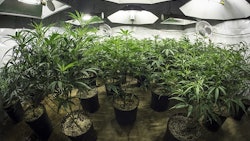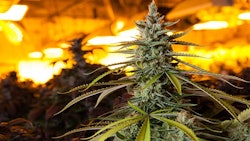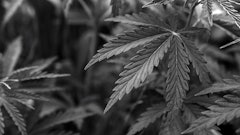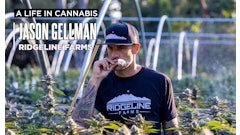
This article originally appeared in the March 2018 issue of Cannabis Business Times. To subscribe, click here.
Cannabis plants have coevolved with humans for millennia, and our intimate relationship continues today. From ancient times to the present, we have carried Cannabis seeds around the globe, into geographically diverse ecosystems inhabited by traditional cultures, each with its own specific demands for the plant in terms of food, fiber and medicine. Exposed to a new environment, the genetic diversity within each plant population responded to natural selective pressures, directed by local farmers’ and consumers’ requirements.
Farmers collected seeds from their best plants and saved them for sowing the following year. Traditional farmer varieties are known as “landrace varieties” or simply “landraces.” Each landrace evolved under localized selective pressures and flourished within a geographically limited area.
This scenario was repeated many times as the Cannabis genus spread around the globe. Over time, new landraces, expressing a multitude of traits, would become established and provide the basic breeding stock for all plant-improvement programs.
Landrace genomes (complete sets of genetic material within each organism and population) were selected within a localized set and setting, and their genes were variously expressed depending on local conditions. But in addition to adapting to a certain environment, a functional genome must also be dynamic and contain sufficient genetic diversity to allow for continuing adaptability to changing selective pressures.
To read the full article in Cannabis Business Times' March issue, click here.
Top photo by Robert C. Clarke

























